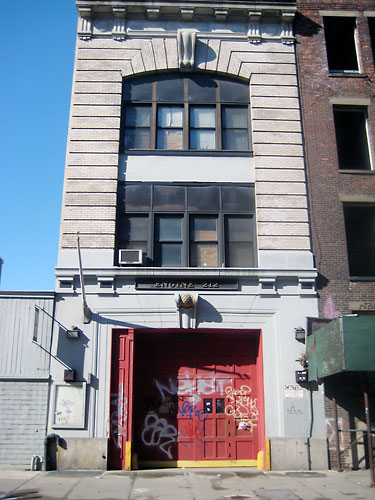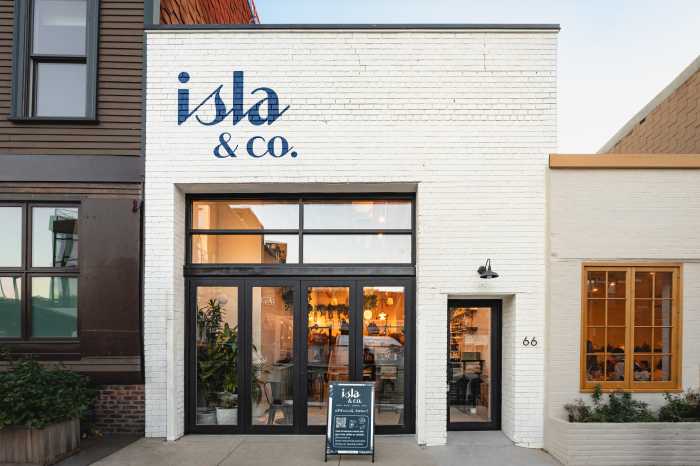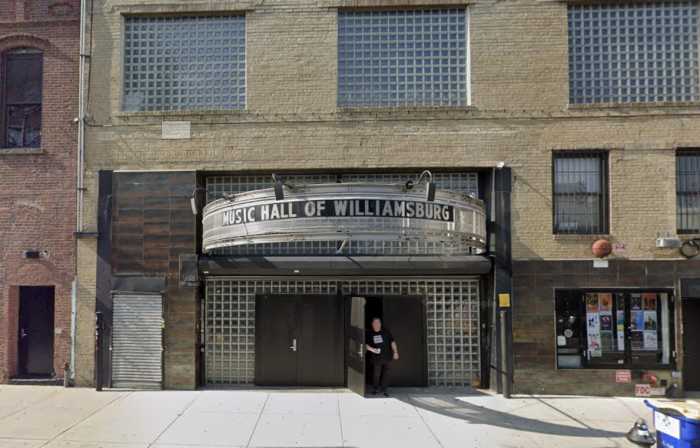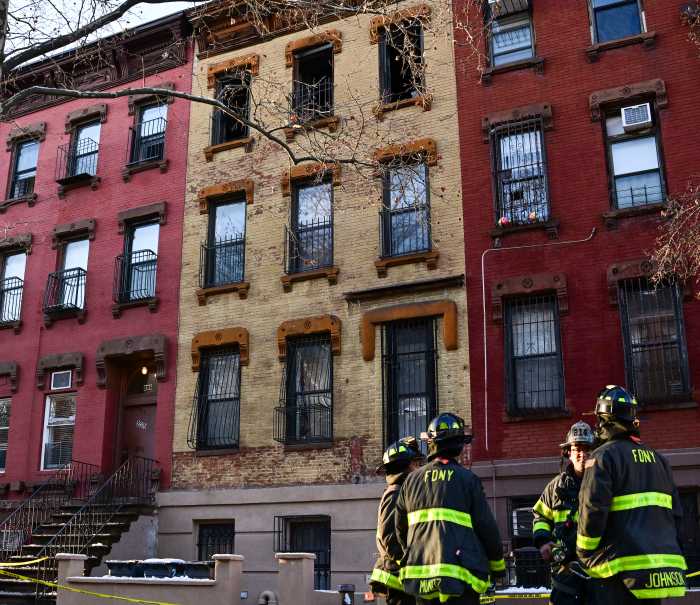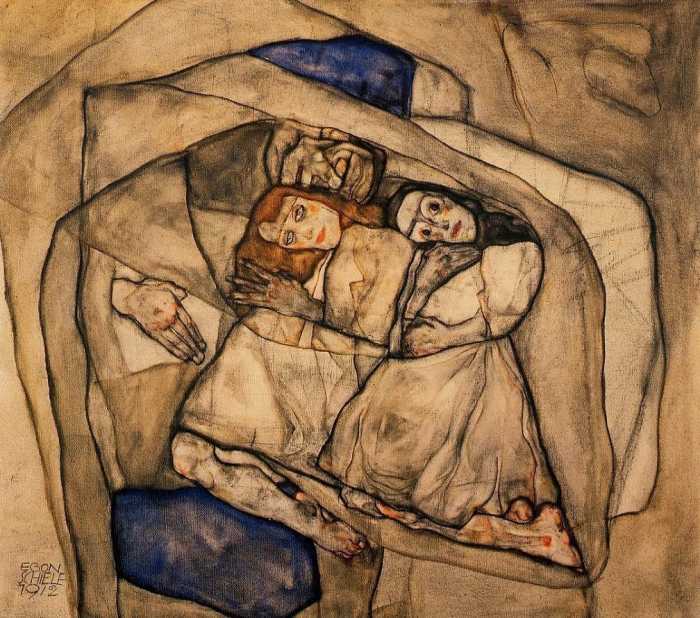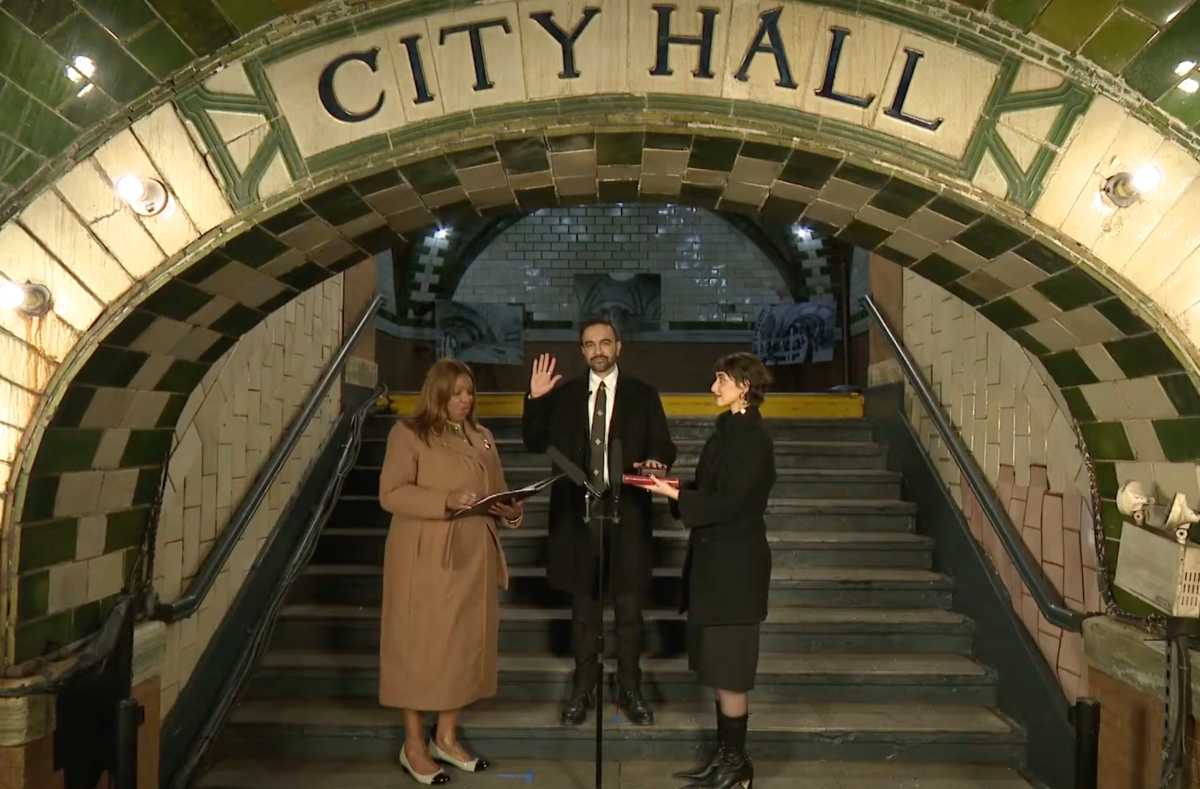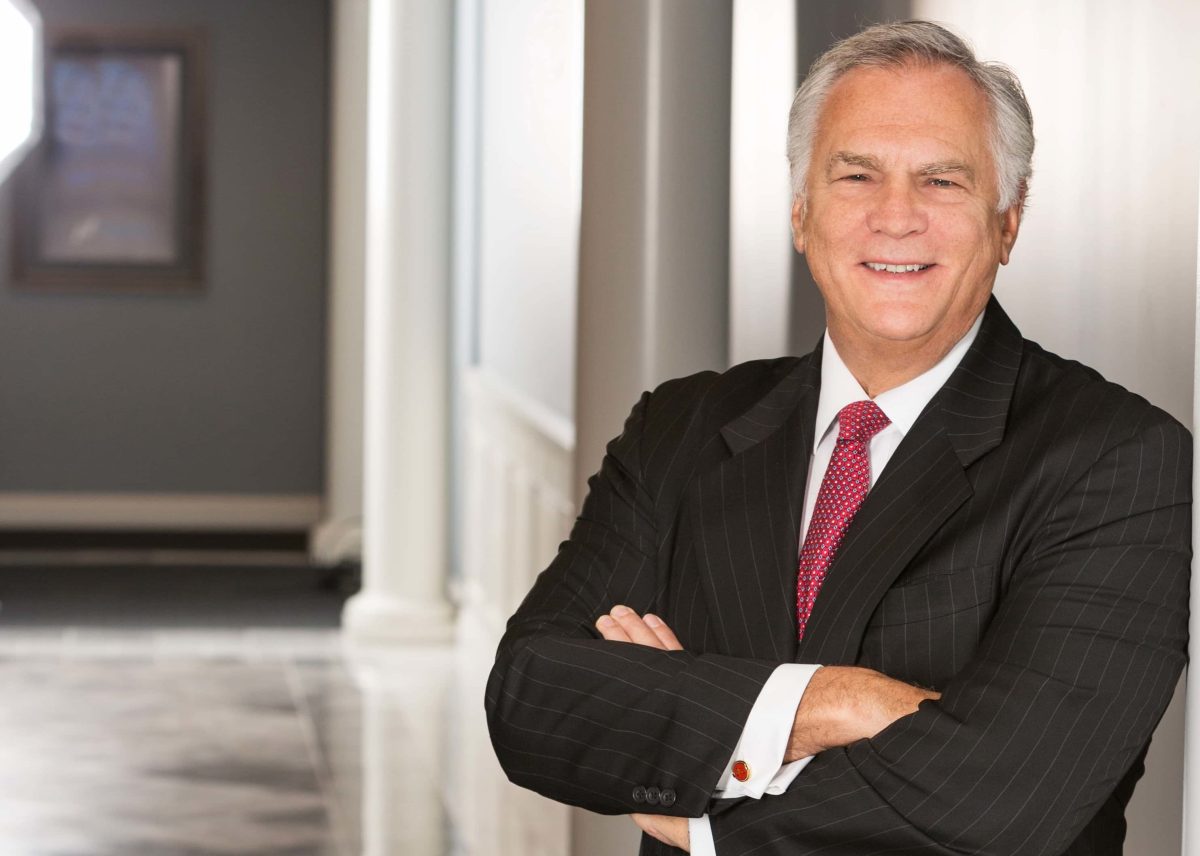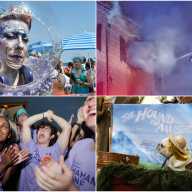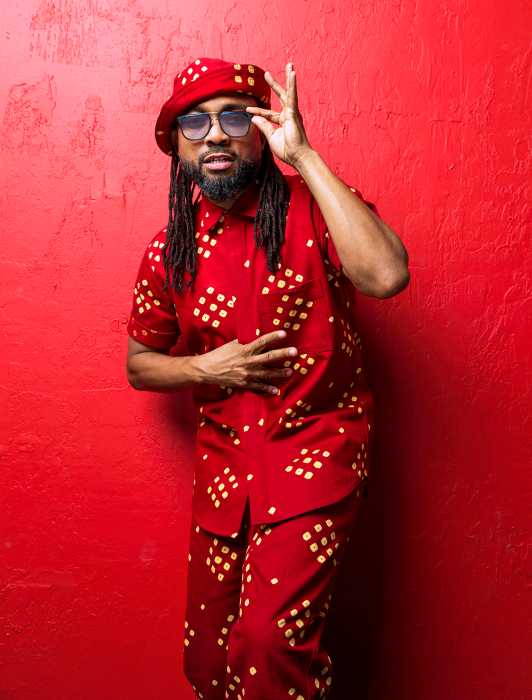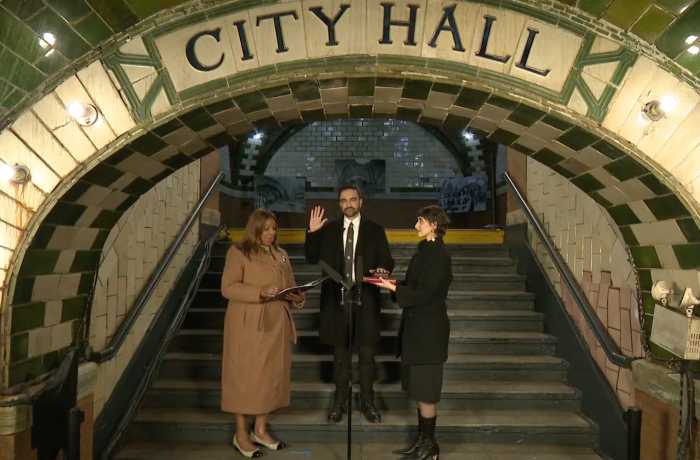Williamsburg’s “People’s Firehouse” is one step closer to living up to its name.
Two North Brooklyn not-for-profits that adamantly opposed the 2003 closure of Wythe Avenue’s Engine 212 have raised about a quarter of the $2 million they need to convert the station into the Northside Town Hall Community Center and Cultural Center — a planned facility boasting exhibition space for arts groups, rooms for neighborhood meetings, permanent offices for the organizations, and perhaps a basement computer classroom.
“Our neighborhood has gone through very dramatic and unprecedented demographic and social changes [and] the sense of community has changed dramatically,” said Susan Albrecht, co-chair of Neighbors Allied for Good Growth, which protested the closure of the firehouse.
“The community center will strengthen our community, and [provide] a place where old members and new members can come together.”
After the city closed the firehouse in 2003, seven protestors barricaded themselves inside the three-story building, which is between North Eighth and North Ninth streets, in a futile fight the keep it open. They were arrested, but most charges against them were dropped.
Four years later, the city bequeathed the vacant firehouse to NAG (which is apparently leaving off the last G for “geniality”) and the People’s Firehouse, which does tenant advocacy, housing development, and computer training.
Since May, the groups have been promised about $500,000, mostly from elected officials, according to People’s Firehouse Executive Director Daniel Rivera.
A chunk of the remaining cash will — hopefully — come from business contributions and individual donations, according to group officials, who are planning to launch a neighborhood fundraising campaign with music and art events.
“If we can bring both organizations together under one roof, we would have more influence,” said Rivera. “Collectively, we could do so much more.”


